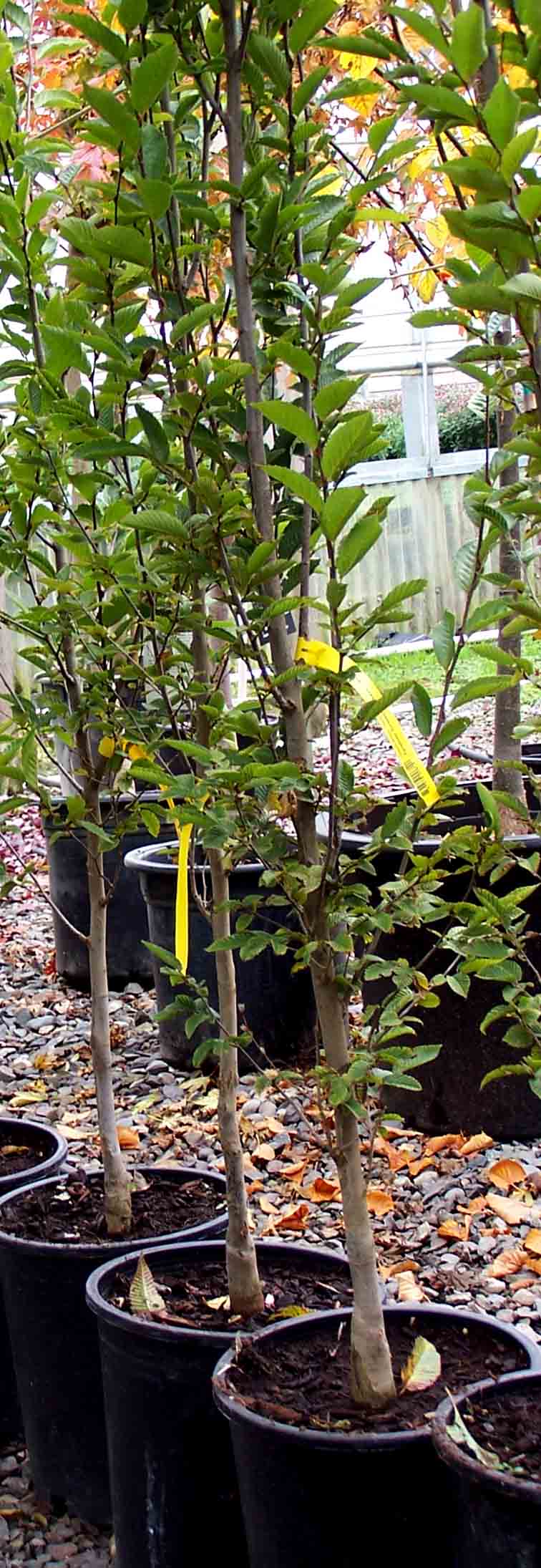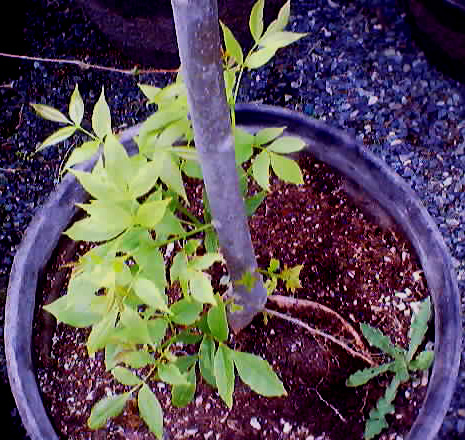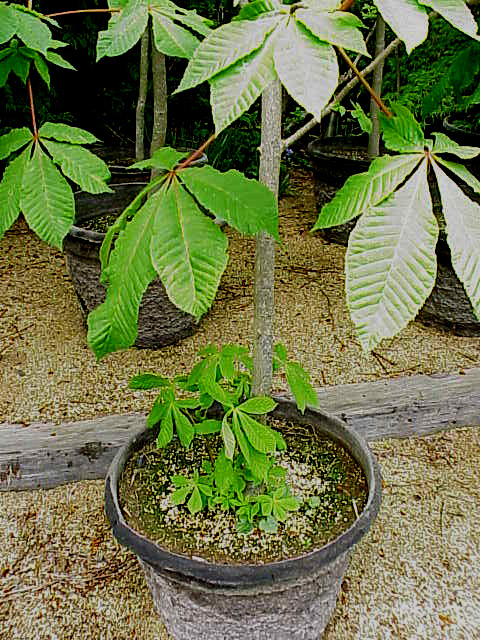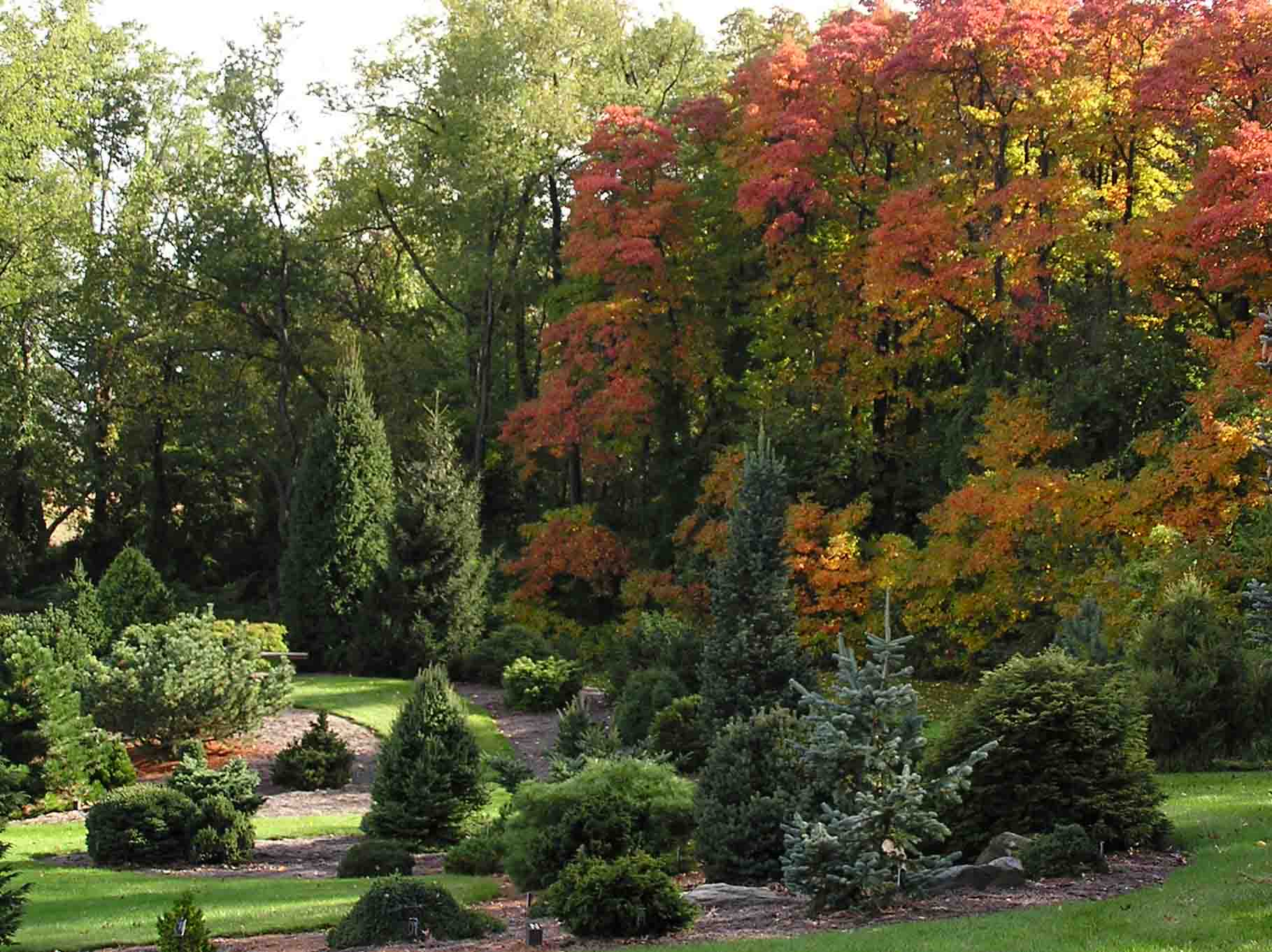I’m in Grand Rapids this week attending the Michigan Nursery and Landscape Association/Michigan Turf Foundation Great Lakes Trade EXPO. The topic for my talk today was Landscape Tree Fertilization. That might not sound like a subject that would generate controversy, but as with most things, there are camps emerging. There is a rising chorus of folks that suggest that landscape trees should not be fertilized with nitrogen. There are a couple of lines of evidence that bolster this point of view. First, many systematic studies on the growth response of street trees or landscape trees often do not show a response. There are numerous examples of this, for example, in Arboriculture and Urban Forestry (formerly J. of Arboriculture). The second line of evidence for not fertilizing landscape trees relates to the relationship between tree nutrition and susceptibility to insect pests. This argument relies on the ‘growth vs. defense’ hypothesis and suggests that fertilization promotes growth at the expense of defense compounds; essentially making fertilized trees tastier to insect pests.
So, in light of this, why do I suggest that landscape trees should receive 1-2 lbs of N per 1000 sq ft. every 2-3 years? First, we need to understand that nitrogen is constantly lost from landscape systems. In forests, trees take up nutrients from the soil, translocate them to leaves, shed the leaves, and the nutrients are ultimately returned to the soil in a cyclic process. In landscapes, leaves are usually raked or blown and removed from the cycle. Soil nitrogen is also lost due to nitrate leaching. Additionally there are often key weaknesses in some of the papers that purport to show no response to fertilization. For example, Ferinni and Baietto (Arb & UF 32:93-99) found no response of sweetgum trees to two levels of fertilization. However, the data show that the control trees, which were not fertilized, had similar (and fairly high) foliar N levels as the fertilized trees. This pattern can be found in several similar studies. The more appropriate conclusion for these papers should be “Trees that are not nutrient deficient do not respond to fertilization”. Similar issues pervade studies related to the growth vs. defense hypothesis. Why would one presume that a nutrient deficient plant would be better able defend itself against insects attack than a tree that has adequate nutrition? Ideally, fertilization decisions should be based on visual symptoms and soil and foliar samples. Nevertheless, low rates of N from either organic or inorganic sources will make up for losses from the N cycle and maintain tree vigor.
It should be noted that the rates I’m suggesting are considerable lower than those that are found in some older extension literature, which recommend rates of N up to 6 lbs for 1000 sq ft. As a point of comparison, Midwestern farmers apply 150-200 lbs/acre to grow a crop a corn. The 6 lb rate for landscape trees works out to around 260 lbs per acre!
</d





















